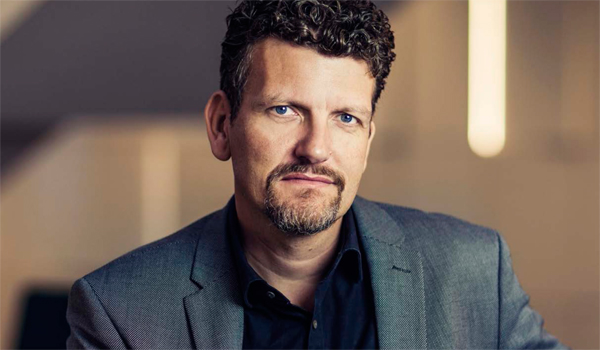Trend investing: not as easy as you think
It may be difficult to distinguish between them, but the increasingly popular ‘trend’ or ‘thematic’ investing style is not about chasing the latest ‘fad’. For super funds and other long-term investors, it’s about studying ‘mega trends’ and working out how to get on board.
According to a recent report by global manager Robeco, investing with major long-term ‘mega trends’ in mind can capitalise on behavioural biases, in the same way value and quant managers tend to do.
The report, ‘Five Things You Should Know About Trends Investing’ says that over the very long term there have been more losers than winners on the US stock market. This is a “skewness” that can be exploited.
Henk Grootveld, head of ‘trends investing’ at the Dutch-based firm, says, for instance, that only 4 per cent of US stocks were responsible for all the wealth creation delivered by that market between 1926-2016. And this is visible in company profits.
Grootveld says: “In recent times, the best companies took up to 90 per cent of all profits, while the rest were either barely profitable, or worse still, lost money. At Robeco, we firmly believe that this skewness will persist in the future as it is due to the ever-changing nature of our economy and society. These changes, which we prefer to call trends, can be combined into three megatrends, which are driven either by technology, socio-demographics or the need to protect our planet.
“History has taught us that these megatrends can be quite disruptive. They pave the way for the creation of new types of companies with new business models. The existing firms need to adapt to these new trends in order to survive, and that’s really hard. Not to mention find ways to benefit from them, which is even harder. Why is that? We think this is because of a combination of short-termist thinking by managements, or governments, for that matter, along with our incapacity as humans to fully grasp exponential growth.”
The ‘five things you should know’ are:
- Trends investing is not about following the latest fads. The three ‘mega trends’ of transforming technologies, socio-demographic changes and ‘preserving the planet’, are here to stay. Managers have to move beyond storytelling. “Trends investing is more of a science, albeit an inexact one, than an art,” the report says.
- Trends investing can capture behavioural biases. Investors typically underestimate the exponential growth potential of trends. Trends are non-linear and the difficulties in capturing their benefits lead to under-reaction and over-reaction.
- Trends investing is about the key enablers and structural winners. This is the wrong time to try to pick winners. Investing in a broad basket of stocks is the best bet.
- Trends investing profits from digital disruption. Analysing the digitalisation waves is a key tool in trends investing. The trend leads to a market preference for companies which hold intangible assets.
- Trends investing plays ‘winner takes all’. Studies show that up to 70 per cent of the best-performing industries were still among the group of best performers ten years later. At the same time, the most profitable players in an industry tend to maintain their winning position. And, 40 per cent of a company’s economic profit depends on the industry in which it operates while the remaining 60 per cent can be explained by company-specific factors, such as M&A and past investment in R&D.
– G.B.










